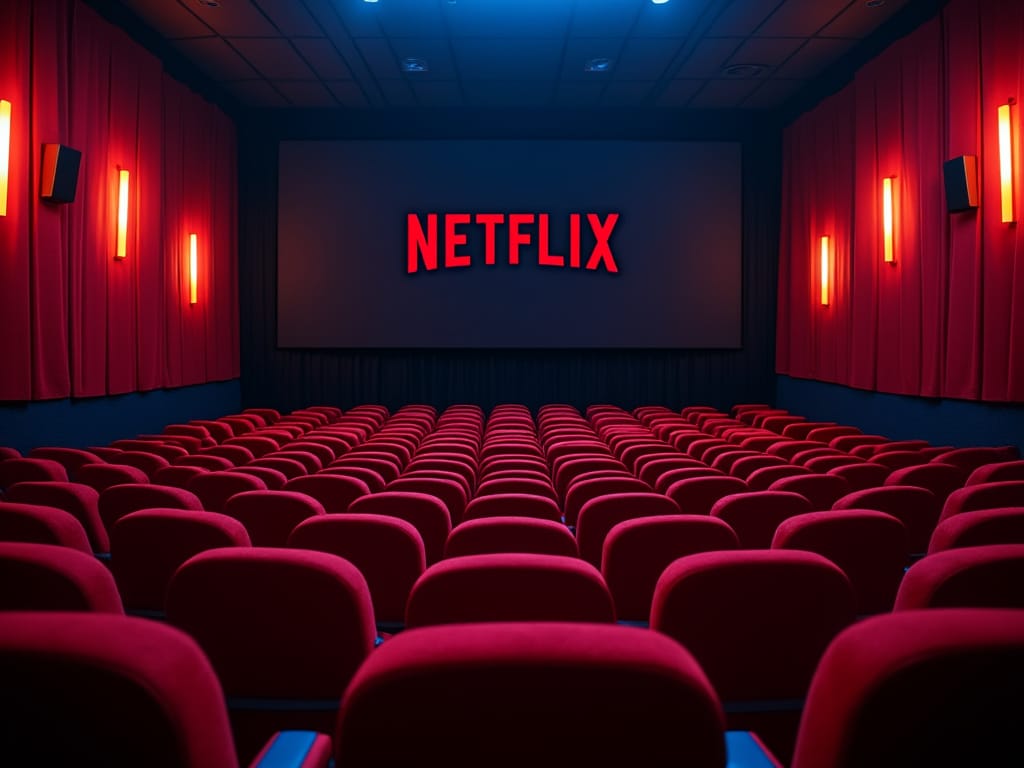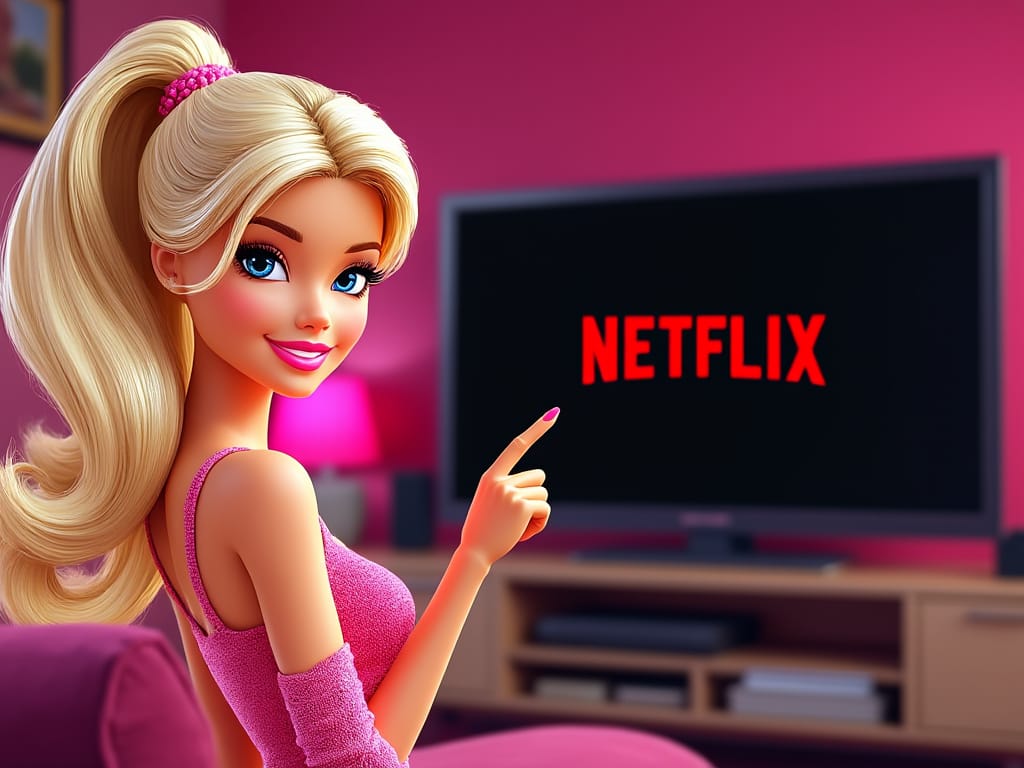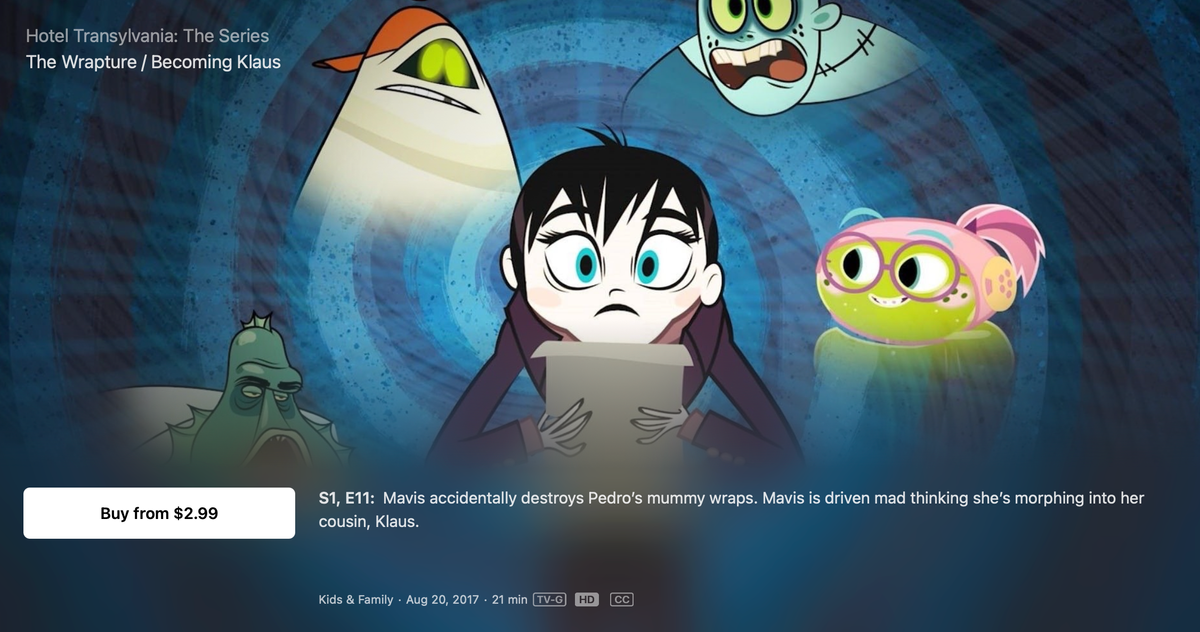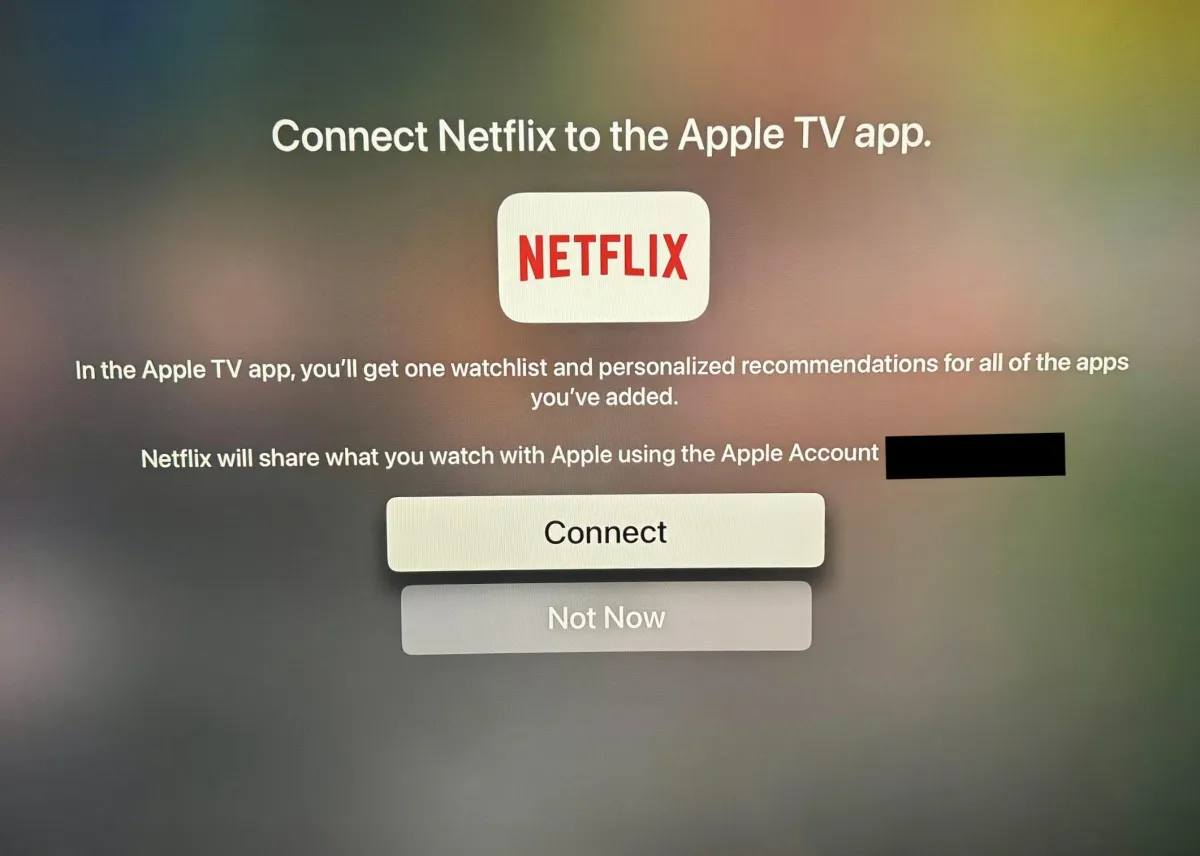'Stranger Things' Ends In Communal Binge Installments
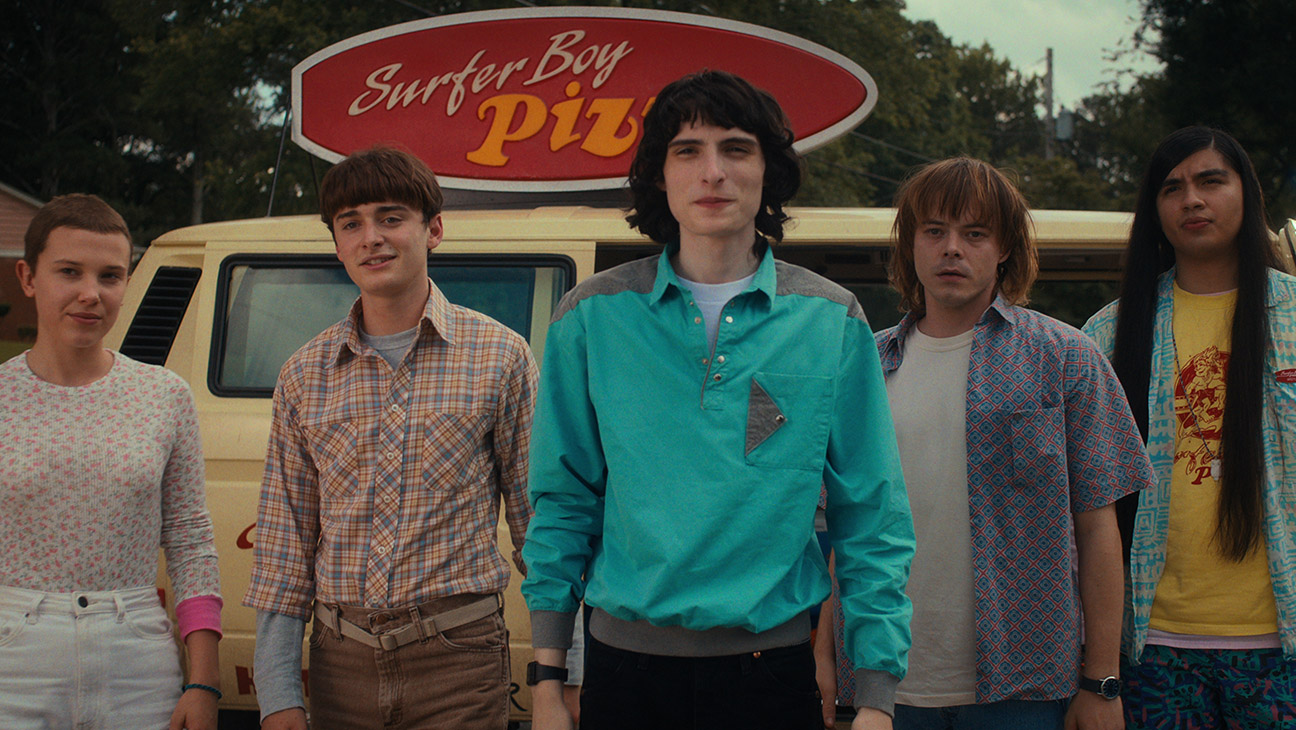
Nine years ago, just after it launched, I immediately fell in love with Stranger Things. But I also noted that for the first time in the Netflix era, I wondered if they were making a slight mistake in the way they were launching it:
That’s a long-winded way of saying that recent discussions I’ve had with friends about Stranger Things always seem to lead back to the question of whether or not it would be better to release it in installments (be it weekly or something else). I know this sounds antithetical in the age of Netflix — and certainly for a Netflix show! — but again, because everyone binges through such shows in their own time and at their own pace, it makes real discourse about the shows much more complicated.
Yes, we can still have a broad discussion about Stranger Things, assuming we’ve all watched all of it. But missing are the discussions about individual elements of individual episodes. And the aforementioned build-up. Because some of the mystery that may have been left hanging is likely going to be resolved by the time you’re through (though not with everything in this particular show, of course). And, frankly, who can remember every little thing that happened in the middle of an eight-hour content binge?
Clearly, Netflix didn't need to take my advice – this time – as a few years later, Stranger Things was still going strong binge-wise and bigger than ever. Still, that thought lingered in my head, so I wrote up a new idea:
Well, here’s a slightly new idea: what if a show like Stranger Things started as a binge show, but then morphed into weekly, appointment viewing as it proved its popularity? So, once Stranger Things became a sensation after season 1, and people were nice and hooked, season 2 would go to the installment-model, with a new episode coming out at the same time each week. Or, if Netflix wasn’t confident enough in a show after just one season, they could wait to switch to the new model for season 3 (two season “trials” seem to be the norm for Netflix).
Or, if Netflix wanted to benefit from a long, holiday weekend (as they did with Stranger Things season 3 which was released on the 4th of July), they could release say, half the season all at once, binge-ready, and then stagger the rest of the episodes over several weeks to get the same effect. There’s actually a lot you could do here, once folks are hooked!
Again, I know this is antithetical to Netflix’s model. But I think this blend has potentially huge benefits. Both for us, as viewers, for the shows themselves, and for Netflix! Also, while this idea eight years ago proved to be a good one, I’m still waiting on that Firefly reboot, Netflix. Thanks.
Well, it took almost a decade, but:
Netflix has finally revealed when the long-awaited and fifth and final season of Stranger Things will debut.
The streamer announced the final season of the coming-of-age sci-fi hit will air in three parts late this year. The first will premiere Nov. 26, followed by part two on Christmas and the series finale on New Year’s Eve.
That's right, in the end, Netflix finally landed on:
1) A staggered release schedule
2) Tied to holidays for maximum communal reach
To be clear and fair, they actually started doing this the last go-around with Stranger Things, which was, checks calendar, three years ago. That "season" was broken into two parts, with the first released around Memorial Day in 2022 and the second around the 4th of July. Now we're getting Thanksgiving, Christmas, and New Year's Eve to end it.
The final season looks great, even if the kids look like they've aged a decade over the four years that has passed within the show – because they have.
